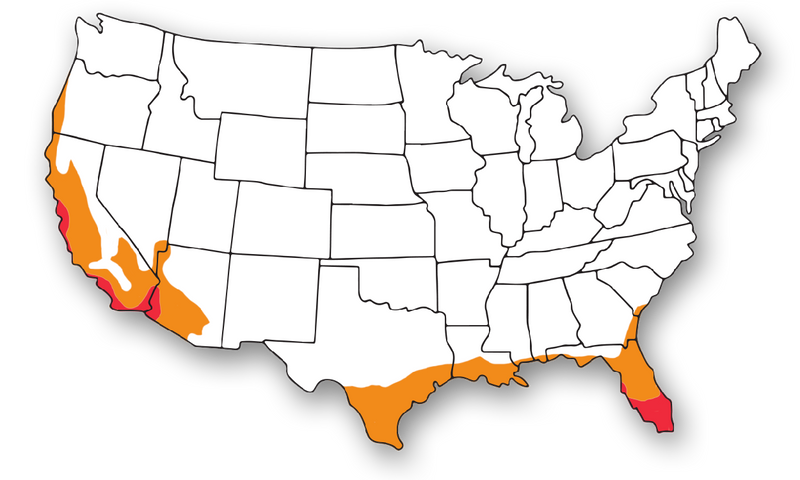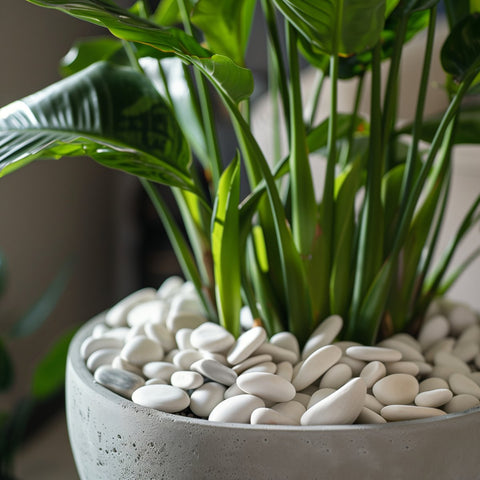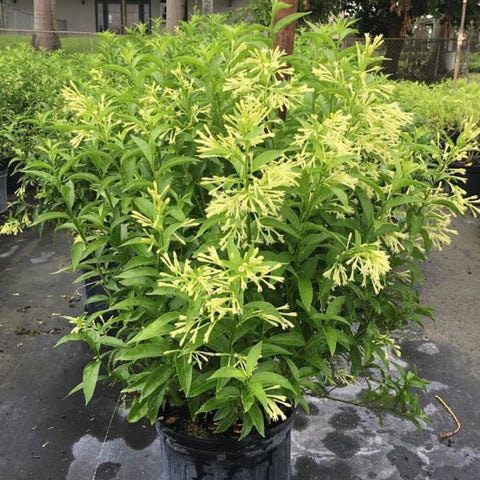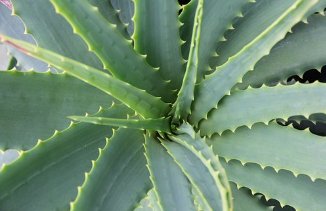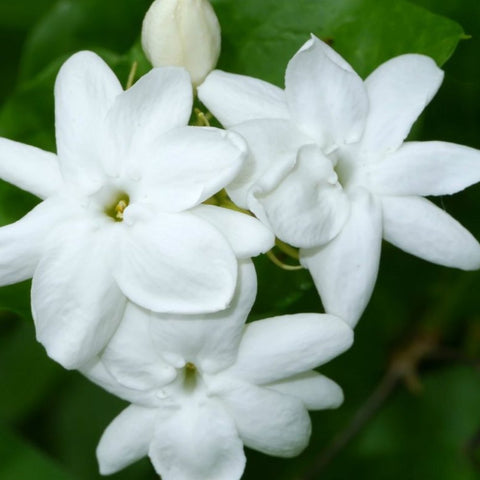Serissa Cotton Easter (Serissa Japonica)
Light: Serissa Cotton Easter thrives in bright, indirect light. It can tolerate some direct sunlight, especially during the cooler hours of the morning or late afternoon.
Temperature and Humidity: This plant prefers a warm environment with moderate humidity. Avoid placing it in areas with cold drafts or near air conditioning vents, as it is sensitive to temperature fluctuations.
Soil: Use well-draining soil to ensure the roots don't sit in water, which can lead to root rot. A mix designed for bonsai or a combination of peat, perlite, and sand works well.
Watering: Keep the soil consistently moist but not waterlogged. Allow the top inch of soil to dry out slightly between waterings. During the growing season, it may require more frequent watering.
Fertilization: Feed Serissa Cotton Easter every two weeks during the growing season with a balanced liquid fertilizer diluted to half strength. Reduce feeding during the winter months when growth slows down.
Pruning: Regular pruning helps maintain its shape and encourages bushier growth. Remove dead or yellowing leaves to keep the plant looking its best.
Pests and Diseases: Watch out for common pests such as spider mites and aphids. Keep the leaves clean and dust-free to prevent infestations. If pests are detected, treat the plant with an appropriate insecticide.
Uses: Serissa Cotton Easter is popular for bonsai cultivation due to its small leaves and delicate flowers. It's an excellent choice for adding a touch of elegance to indoor or outdoor gardens.
Sizing: Choose our "Grower's Pick" for the most mature and robust Serissa Cotton Easter available. Each plant is carefully selected for its developed root system and superior vitality, ensuring the best possible growth.
Frequently asked questions
When it comes to fertilizing Serissa Cotton Easter (Serissa Japonica), there are several cost-effective ways to ensure your plant remains healthy and vibrant. Serissa Cotton Easter is a popular choice for indoor bonsai enthusiasts due to its delicate white flowers and small, glossy leaves. To keep your Serissa Cotton Easter thriving, consider the following tips: 1. Use a balanced fertilizer: Opt for a balanced, water-soluble fertilizer with equal parts nitrogen, phosphorus, and potassium. This will provide your plant with essential nutrients for growth and blooming. Dilute the fertilizer to half strength to prevent fertilizer burn and apply every 2-3 weeks during the growing season. 2. Incorporate organic matter: Mix organic matter such as compost or aged manure into the soil to improve its fertility and structure. This will help your Serissa Cotton Easter absorb nutrients more efficiently and promote healthy root development. Additionally, organic matter can help retain moisture in the soil, reducing the need for frequent watering. In conclusion, fertilizing Serissa Cotton Easter doesnt have to break the bank. By using a balanced fertilizer and incorporating organic matter into the soil, you can provide your plant with the nutrients it needs to thrive without spending a fortune. Remember to adjust your fertilizing schedule based on the specific needs of your Serissa Cotton Easter and observe any signs of nutrient deficiency to make timely adjustments.
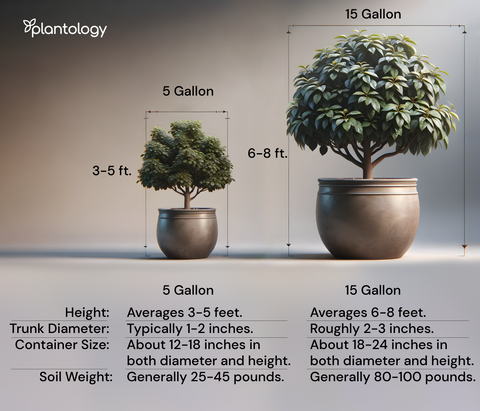
Free Shipping Over $150
Only $12 flat rate on orders under $150
Healthy Arrival Guarantee
Plants arrive healthy or we replace them free





